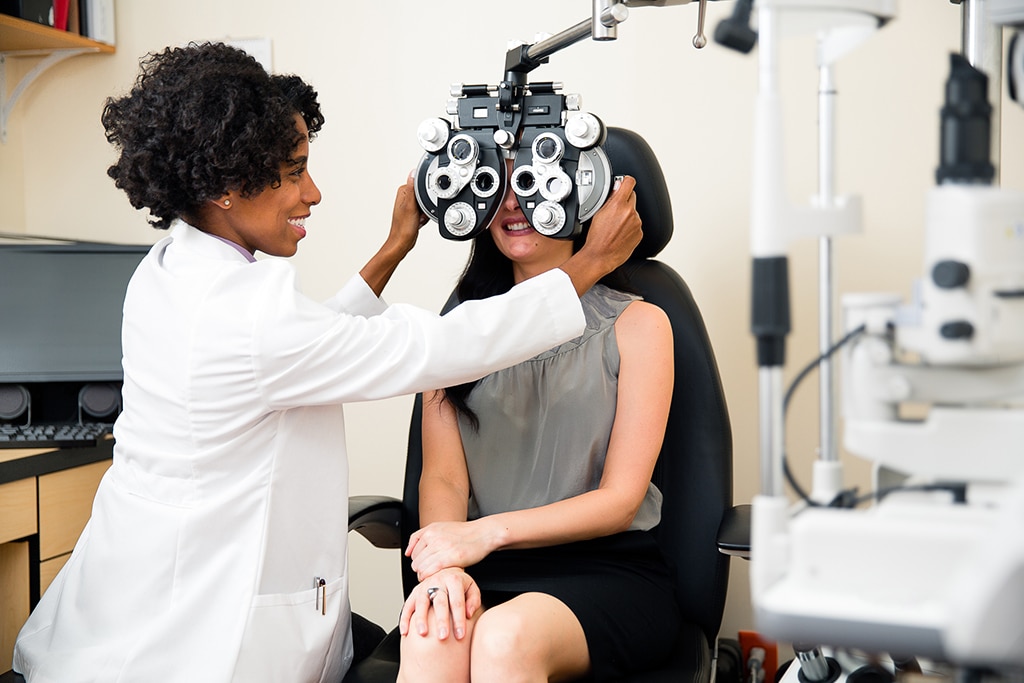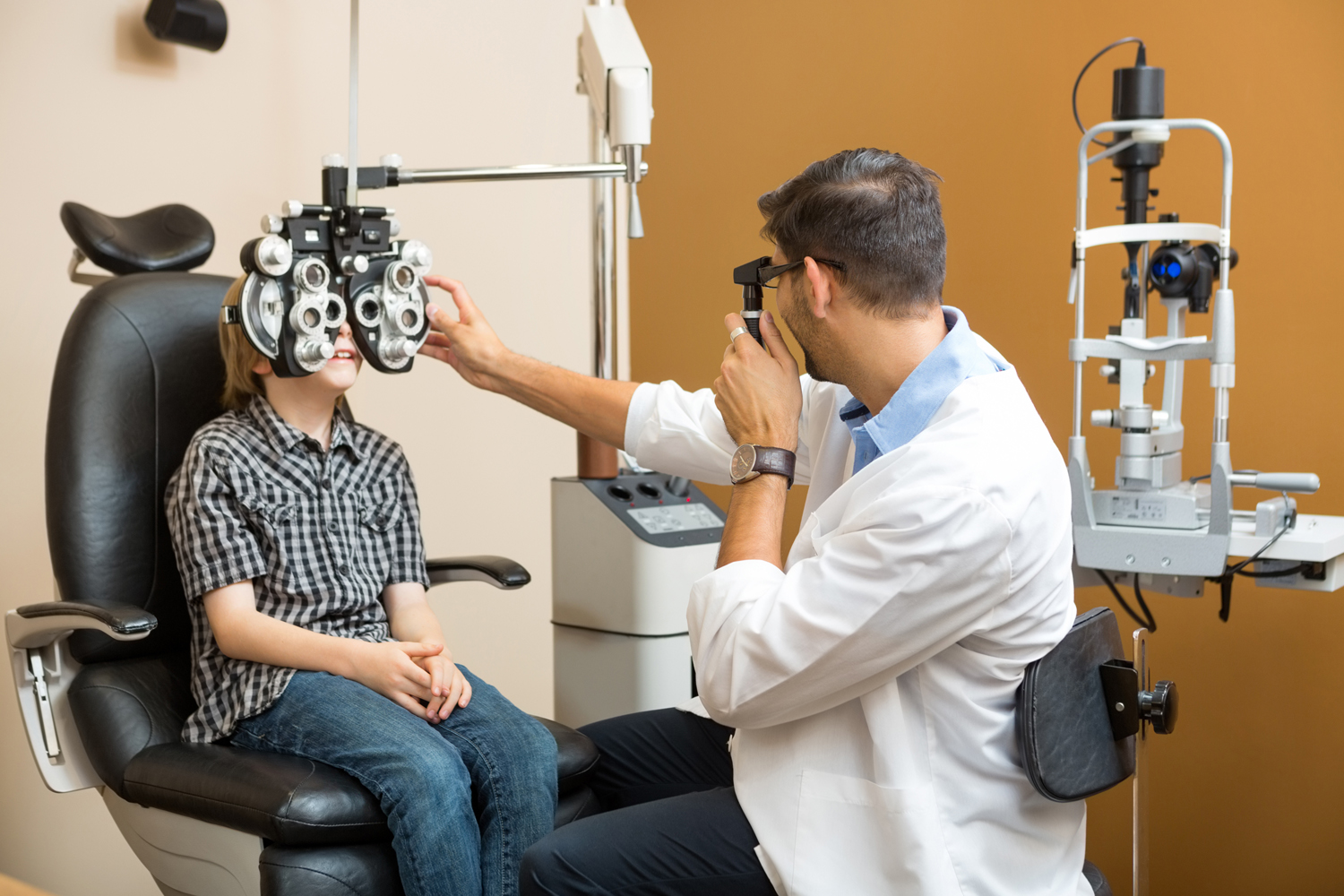Comprehending the Comprehensive Duty of an Eye Doctor in Modern Eye Treatment
With innovations in technology and an increasing focus on preventative care, optometrists are indispensable in diagnosing and handling chronic eye problems, while additionally engaging in very early condition detection. Exactly how do these duties converge with their role in advertising general eye health and wellness, and what does this mean for patient end results in a collective medical care atmosphere?
Expanded Extent of Method
In the last few years, the role of optometrists has actually developed substantially, with many specialists currently accepting an expanded extent of technique that prolongs beyond conventional eye assessments. This development reflects the expanding recognition of optometrists as primary healthcare carriers in the area of eye care. Their duties currently incorporate a vast array of solutions, including prescribing drugs for eye conditions, taking care of chronic eye conditions, and executing small operations. This shift has been driven by innovations in optometric education, improved scientific training, and the boosting requirement for comprehensive eye treatment services, especially in underserved locations.
Additionally, eye doctors are currently much more included in collective care, working very closely with ophthalmologists, health care doctors, and other healthcare experts to ensure alternative individual treatment. This interprofessional collaboration is important in managing complex cases that call for a multidisciplinary strategy. In addition, eye doctors are playing a crucial duty in public health initiatives, such as vision testings and eye health and wellness education and learning, intended at boosting neighborhood health results.
The increased scope of technique for eye doctors not just improves their capacity to supply detailed treatment but likewise deals with the expanding need for efficient and accessible eye care services, adding to total health care renovations.
Very Early Disease Detection
Early discovery of eye illness is progressively ending up being a focal point in the increased role of optometrists. As main eye care suppliers, optometrists are distinctly positioned to recognize early indications of eye problems such as glaucoma, macular deterioration, diabetic person retinopathy, and cataracts. This critical role is critical, as early diagnosis can dramatically enhance the management and diagnosis of these conditions, possibly preventing vision loss and enhancing patient results.
Optometrists utilize thorough eye exams to discover refined modifications in vision and eye wellness. The capability to identify very early signs of systemic health problems, such as high blood pressure and diabetes, via eye indications further highlights the value of normal eye examinations.
In addition, eye doctors play a crucial role in patient education and learning, highlighting the significance of regular eye evaluations as part of overall health and wellness maintenance. By promoting a positive method to eye treatment, optometrists add dramatically to public health, making sure diseases are captured and taken care of effectively prior to they can progress.
Advanced Diagnostic Strategies
Advanced diagnostic methods have transformed the practice of optometry, making it possible for specialists to discover and keep an eye on eye conditions with extraordinary precision. These developments have actually transformed the optometric landscape, enabling extra innovative analysis and treatment strategies. Technologies such as optical comprehensibility tomography (OCT) provide high-resolution, cross-sectional pictures of the retina, helping with very early discovery of conditions like glaucoma and macular degeneration. This non-invasive method has become essential in modern-day optometry, providing thorough insights right into retinal layers.
An additional critical development is digital retinal imaging, which captures comprehensive views of the retina using high-def cams. This technology is essential in determining adjustments in retinal structure in time, therefore helping in the monitoring of problems like diabetic person retinopathy. Aesthetic field testing, check this site out enhanced by computer-aided systems, permits for precise mapping of a client's field of view, vital in detecting and tracking glaucoma development.
Corneal topography, an additional remarkable analysis tool, generates thorough maps of the cornea's surface area. This is particularly helpful in fitting call lenses and planning refractive surgical treatment. These innovative diagnostic strategies collectively allow optometrists to provide proactive, targeted care, guaranteeing far better person results and enhancing their pivotal duty in eye health monitoring.
Taking Care Of Chronic Eye Conditions
Handling chronic eye problems is a cornerstone of optometric treatment that needs a thorough understanding of different eye illness and their lasting implications. Eye doctors play a pivotal duty in monitoring, diagnosing, and handling conditions such as glaucoma, diabetic retinopathy, and age-related macular deterioration. These conditions, if left unattended, can result in considerable aesthetic problems or blindness, highlighting the crucial significance of continuous care and administration.
Eye doctors employ a variety of diagnostic devices, including optical coherence tomography (OCT), visual area testing, and fundus digital photography, to evaluate the progression of these persistent conditions. By closely keeping track of modifications in eye health and wellness, optometrists can change treatment plans to reduce condition progression. This may include prescribing medicines, advising way of life modifications, or collaborating with eye doctors for medical treatments when required.

Role in Preventive Treatment
Precautionary treatment is a fundamental element of optometry that concentrates on maintaining eye health and stopping the start of ocular diseases. Optometrists play a crucial function in very early detection and avoidance, employing normal eye evaluations to identify danger elements and subtle changes in eye wellness. Eye Doctor Optometrist. These assessments are not simply concerning vision improvement however include a detailed assessment of eye features and frameworks, making it possible for the recognition of problems such as glaucoma, cataracts, and macular deterioration at an onset
In enhancement to diagnostics, optometrists inform patients on lifestyle choices that advertise eye health, such as correct nourishment, UV security, and the value of normal eye examinations. They suggest on the proper use electronic tools to protect against electronic eye stress, a growing worry in the digital age. Eye doctors likewise offer advice on protective glasses for work and leisure tasks, alleviating the threat of injury.
Preventive eye treatment reaches systemic click here for more info wellness concerns that show up in the eyes, such as diabetic issues and high blood pressure. By working together with other healthcare experts, optometrists add to alternative individual treatment, stressing the interconnectedness of eye and systemic wellness. This positive strategy is essential in protecting aesthetic skill and overall wellness.
Final Thought
Optometrists currently occupy a critical role in contemporary eye care, identified by a broadened range that consists of identifying and taking care of chronic eye conditions, prescribing medications, and executing minor operations (Eye Doctor Optometrist). Their proficiency in very early illness discovery is boosted by innovative diagnostic methods such as optical coherence tomography and electronic retinal imaging. By emphasizing precautionary treatment and patient education and learning, optometrists add considerably to overall eye wellness, working together with various other healthcare experts to ensure detailed and efficient individual end results

In addition to diagnostics, optometrists educate clients on way of living choices that advertise eye wellness, such as proper nourishment, UV security, and the value of regular eye exams.Preventive eye care prolongs to systemic health issues that show up in the eyes, such as diabetes and hypertension.Optometrists currently occupy an essential role in modern eye treatment, identified by a broadened scope that includes detecting and handling persistent eye conditions, recommending medications, and performing small surgical procedures.